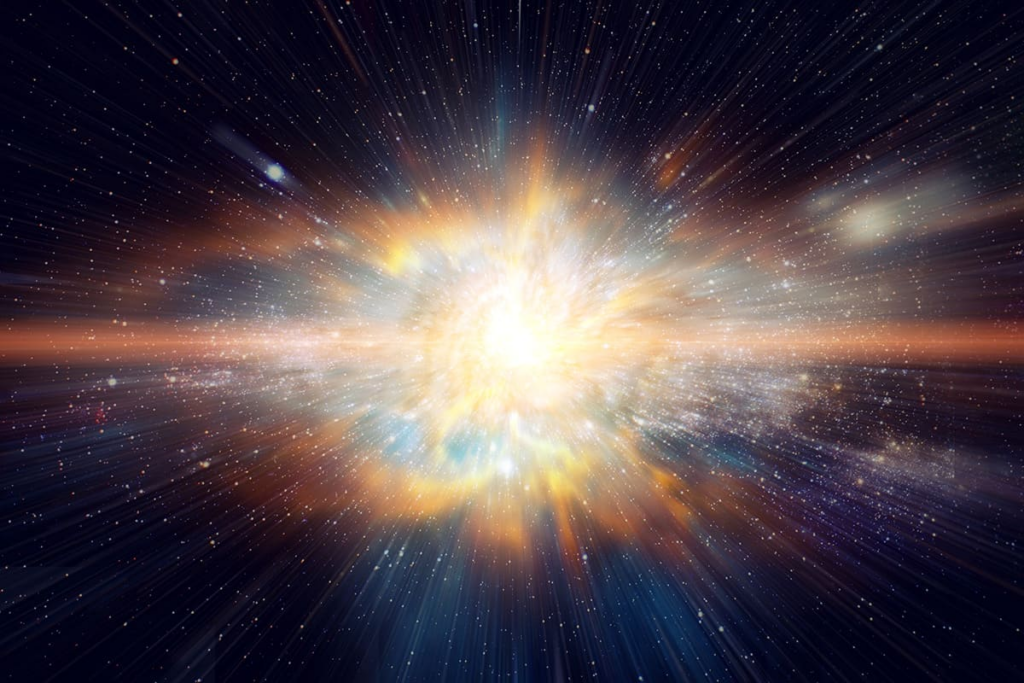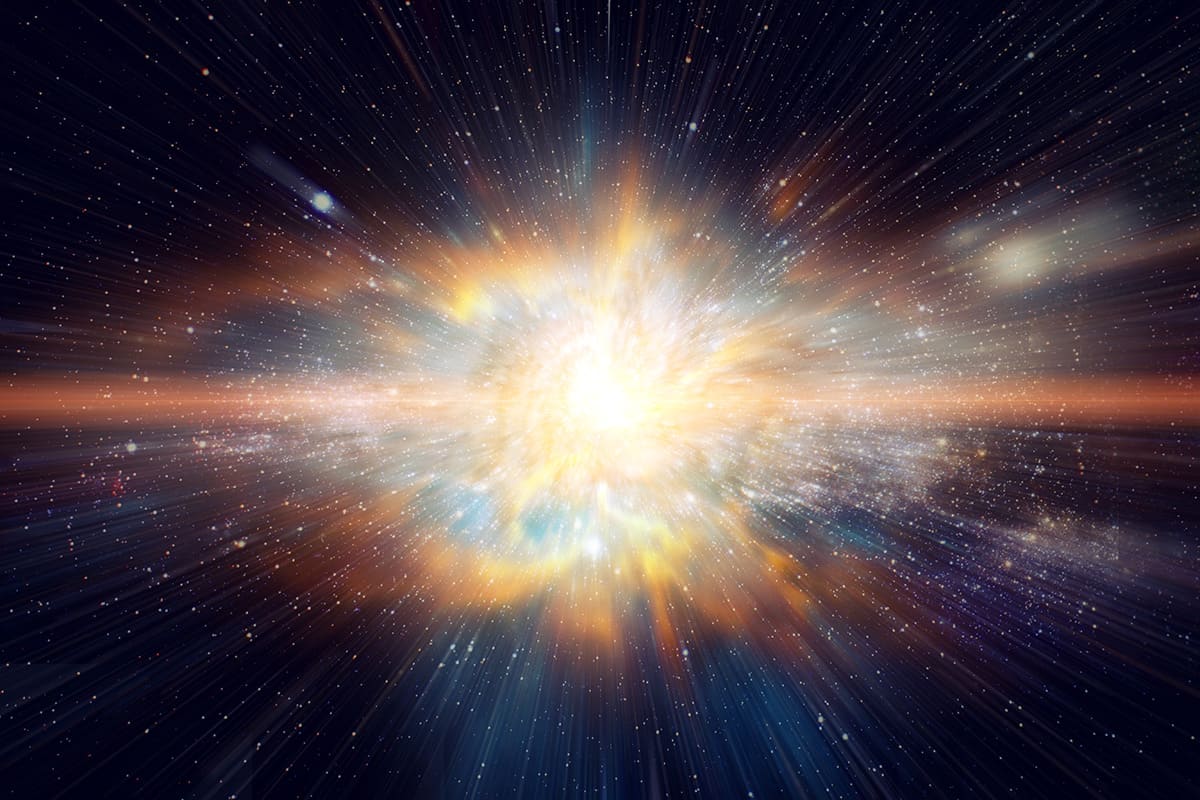Continues after advertising
The vast expanse of the universe has always been a source of wonder and intrigue for humankind. 🌌 As we gaze at the stars, we are reminded of the grand narratives that unfold across billions of years. Among these narratives lies a question that has captivated astronomers and philosophers alike: How might the universe meet its ultimate end? This question draws us into a cosmic detective story, where the clues are scattered across the heavens and the theories are as vast as the cosmos itself.
As we embark on this journey of discovery, we delve into the thoughts of renowned scientists like Stephen Hawking and Roger Penrose, who have paved the way in our understanding of the universe’s life cycle.
Continues after advertising
In this article, we’ll explore several fascinating theories that seek to answer this monumental question. From the relentless expansion predicted by the “Big Freeze” scenario to the dramatic “Big Crunch” and the enigmatic “Big Rip,” each theory offers a unique perspective on the universe’s fate. As we unpack these complex ideas, my goal is to make them accessible and engaging, inviting you to ponder these cosmic possibilities with clarity and curiosity. Just as the universe is a tapestry of countless stars, our exploration will weave together scientific insights and imaginative hypotheses.
So, how does one begin to contemplate the end of everything we know? Is it a slow fade into oblivion or a cataclysmic event? 🪐 Join me as we unravel the mysteries of the universe’s potential demise, piecing together the evidence and theories that lead us to an understanding of our cosmic destiny. Through this exploration, I hope to spark your curiosity and deepen your appreciation for the vast, ever-changing universe we call home.
Continues after advertising
Understanding the End of the Universe
The concept of the universe ending is both fascinating and daunting. When contemplating such a vast topic, it’s easy to feel overwhelmed. However, breaking it down into comprehensible parts can help us better understand the theories and possibilities surrounding the eventual fate of everything we know. 😮
The Big Freeze
One of the most widely discussed scenarios is the Big Freeze, also known as the Heat Death of the Universe. This theory suggests that the universe will continue to expand until it reaches a state of maximum entropy.
What is Entropy?
Entropy, in simple terms, is the measure of disorder within a system. As the universe expands, energy becomes more evenly distributed, leading to a state where there is no longer enough heat or energy available to sustain motion or life.
Signs of the Big Freeze
The gradual cooling of stars and galaxies is a sign of the Big Freeze. Over billions of years, stars will burn out, galaxies will fade, and the universe will become a cold, dark expanse.
- Stars will exhaust their nuclear fuel.
- Galaxies will drift apart.
- Black holes will evaporate over time.

The Big Crunch
Another intriguing hypothesis is the Big Crunch. This scenario presents a cyclical view of the universe, suggesting it could eventually stop expanding and start contracting.
How Would the Big Crunch Unfold?
If the universe’s expansion slows and reverses, all matter could eventually collapse back into a singular state. It’s akin to rewinding the cosmic clock, where galaxies move closer together until everything converges into a singular point.
Could the Big Crunch Lead to Another Big Bang?
Some theorists propose that the Big Crunch might lead to a new Big Bang, initiating another universe. This idea aligns with the concept of a cyclical universe, perpetually going through phases of expansion and contraction.
The Big Rip
In contrast to the Big Crunch, the Big Rip suggests a violent end to the universe. Here, the expansion doesn’t slow down; it accelerates to the point where it tears apart galaxies, stars, and even atomic structures.
Understanding Dark Energy
Dark energy is the mysterious force driving the accelerated expansion of the universe. If its influence grows stronger, it could overcome all gravitational forces, leading to a scenario where everything is literally ripped apart.
What Happens During the Big Rip?
– Galaxies are pulled apart.
– Solar systems disintegrate.
– Atoms are eventually torn asunder.
Frequently Asked Questions
Is there any evidence supporting these theories?
Astronomers and physicists have gathered evidence supporting each theory to varying extents. Observations of cosmic microwave background radiation, the distribution of galaxies, and the rate of the universe’s expansion contribute to our understanding, but no theory is conclusively proven.
Can humans do anything to prevent these outcomes?
Given the astronomical timescales involved, these events are beyond human influence. Our focus remains on understanding the universe rather than altering its destiny.
How long will it take for any of these scenarios to occur?
We’re talking about timescales of billions to trillions of years. For now, the universe is in a state of expansion, with many mysteries left to unravel. 🌌
Conclusion
In conclusion, “The Death of the Universe: How Could Everything End?” invites us to delve into the cosmic dance of creation and destruction, a dance that has intrigued humanity for centuries. As we journey through the possible scenarios of how the universe might meet its end—from the gradual cooling in the Big Freeze to the cataclysmic implosion of the Big Crunch—we find ourselves not only learning about astrophysical phenomena but also reflecting on our place in this vast cosmos. The universe’s ultimate fate remains one of the most profound mysteries in astronomy, challenging us to think beyond the limits of our own existence and to appreciate the sheer scale and complexity of the cosmos.
By understanding these potential endings, we gain insights into the laws of physics that govern everything around us, from the tiniest particles to the largest galaxies. This knowledge enriches our appreciation of the universe and inspires a deeper curiosity about the natural world. As we consider these cosmic conclusions, we are reminded of the resilience and impermanence inherent in the universe, encouraging us to cherish the present moment and the beauty of the cosmos.
Thank you for taking the time to explore this cosmic journey with us. Your interest and enthusiasm for learning about the universe are what drive the advancement of knowledge and inspire future generations of astronomers, scientists, and curious minds. As you continue to gaze at the stars and contemplate the universe’s mysteries, remember that each question you ask and each discovery you make brings us one step closer to unraveling the secrets of the cosmos. 🚀✨

